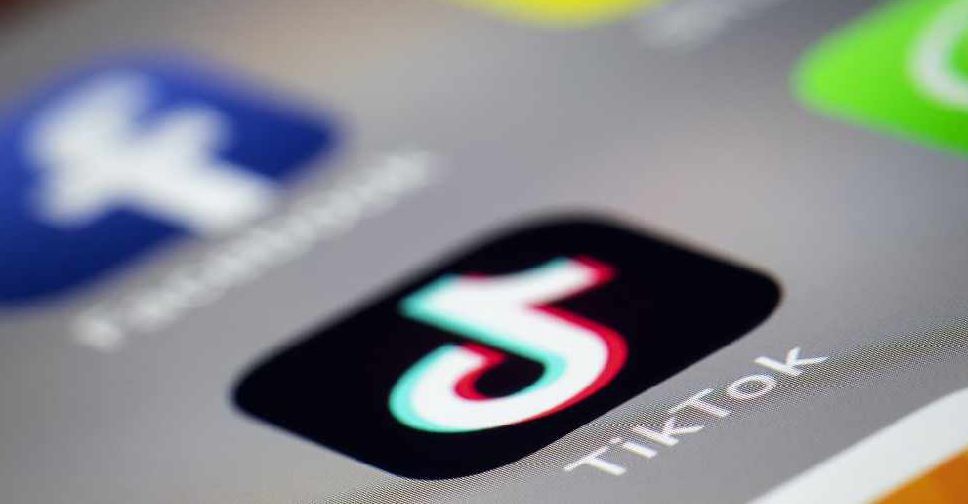
Tim Armstrong and Marissa Mayer go back - way back. But when the pair first crossed paths a decade and a half ago at Google Inc., few would have predicted how their careers would play out - or that Armstrong would one day help Verizon Communications Inc. acquire Yahoo! Inc., the creaking Internet company that Mayer had been struggling to right. With Monday’s news that Verizon’s long courtship of Yahoo had finally resulted in a deal, the question is whether he’ll be able to succeed where she failed. The $4.83 billion deal to acquire Yahoo is basically Verizon’s move to double down on its $4.4 billion bet last year on AOL, where Armstrong is CEO. Verizon gets Yahoo’s hodgepodge of Internet businesses - Yahoo Mail, Tumblr, Flickr, Yahoo Finance, Yahoo Sports - plus every one of its 1 billion users and some ad technology such as Brightroll. Turning that collection of assets into a viable, sustainable business stumped Mayer, and Armstrong will have the added task of integrating them with AOL and with Verizon’s mobile properties. In an interview, Armstrong said he and Mayer discussed a deal to combine AOL and Yahoo in 2014, before Verizon came into the picture. He said before he was even at AOL, the internet pioneers had toyed with the idea of a merger for more than decade, even reaching a handshake deal at one point in the mid-2000s. The logic remains the same as it always has. “We talked about ways to combine on scale, through content and ad inventory,” Armstrong said of his discussions with Mayer in 2014. “We were at about 500 million to 750 million users then. Today we are at about 1 billion users and we want to get to 2 billion in the next four years.” Verizon, which reports second-quarter results Tuesday, is using Yahoo and AOL to build a mobile video and advertising business to fuel new growth because its wireless unit is expanding more sluggishly now that almost everyone has a mobile phone and a data plan. Even so, the wireless company will still be a distant No. 3 behind Google and Facebook Inc. in the $187 billion digital advertising market. Yahoo’s ad technology properties include BrightRoll, a provider of tools for buying and selling video ads in more automated ways. It also owns Flurry, an analytics business. Mayer, 41, helped assemble those assets but followed a succession of Yahoo managers in failing to engage the web pioneer with sweeping changes in mobile and social media. Verizon is stepping in to collect the pieces. “It’s a mercy killing. They need to get some adults in the room to run the show at Yahoo,” said Roger Entner, an analyst with Recon Analytics LLC. “The most logical way to do that is within the AOL structure.” Mayer, a Stanford University engineer who became Google’s 20th employee and one of its highest-profile executives, was never able to reverse Yahoo’s foundering course as nimbler online rivals sapped away its advertising revenue and users. Now the job will fall to Armstrong, a 45-year-old Connecticut College grad who was running ad sales at Google while Mayer controlled the home page. Mayer and Armstrong came from opposing sides of Google. Mayer was an engineering executive who is famous for keeping Google’s homepage empty, and especially devoid of ads. Armstrong was one of the first Google executives to develop a human-to-human advertising business at the company with real people talking to executives and big marketers. While Mayer hails from the “automation will solve everything” camp, Armstrong is a more traditional ad industry executive who relies on human relationships and negotiation. Now Armstrong will get a crack at restoring the luster of Yahoo’s brand. Mayer has said she will stay with what remains of Yahoo after the transaction, since Verizon is acquiring the company’s core assets but leaving out some patents and investments. McAdam’s Plan Verizon Chief Executive Officer Lowell McAdam set the course for the company’s new mobile media frontier when he split Verizon’s operations in two, putting existing businesses like wireless and FiOS on one side, and putting Marni Walden in charge of new ventures. The online businesses remain a small part of the phone giant. AOL and go90, the video-streaming service aimed at teens, account for about 3 percent of Verizon’s revenue. Adding Yahoo, it doubles to about 6 percent, according to John Hodulik, an analyst at UBS Securities LLC. “This is a very big milestone for us in the path forward but we also have bigger 2020 goals so you’ll see us be aggressive,” Armstrong said in an interview Monday. There are some obvious areas where Verizon and AOL can help build on some of Yahoo’s strengths, Armstrong said. One example - though he said it was only hypothetical at this point since the deal is still pending - is making more of Yahoo Finance, its business news and stock tracking site. “Yahoo Finance is No. 1 in its category. I don’t see why we wouldn’t leverage Yahoo Finance across AOL and on your Verizon phone. I think consumers would love it,” he said. One thing you probably won’t see is Verizon’s growing collection of media properties and websites to get ground together into a single entity, says Armstrong. “We will be running a house of brands structure with multiple strong brands,” Armstrong said. “We think it is a strategic differentiation for us to have a significant set of brands with passionate users. If you are Yahoo Mail user, you will see a lot more Yahoo not a lot less Yahoo in the future.” Bloomberg
 UAE, Ukraine conclude terms of trade pact
UAE, Ukraine conclude terms of trade pact
 Elon Musk visits China as Tesla seeks self-driving technology rollout
Elon Musk visits China as Tesla seeks self-driving technology rollout
 Abu Dhabi Airports welcomes 6.9 million passengers in three months
Abu Dhabi Airports welcomes 6.9 million passengers in three months
 ByteDance denies media report of plan to sell TikTok
ByteDance denies media report of plan to sell TikTok
 Photos: UAE’s first operational vertiport unveiled in Abu Dhabi
Photos: UAE’s first operational vertiport unveiled in Abu Dhabi




